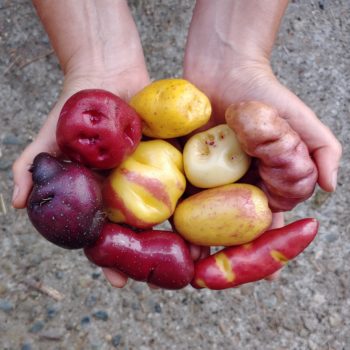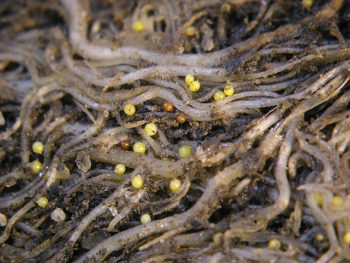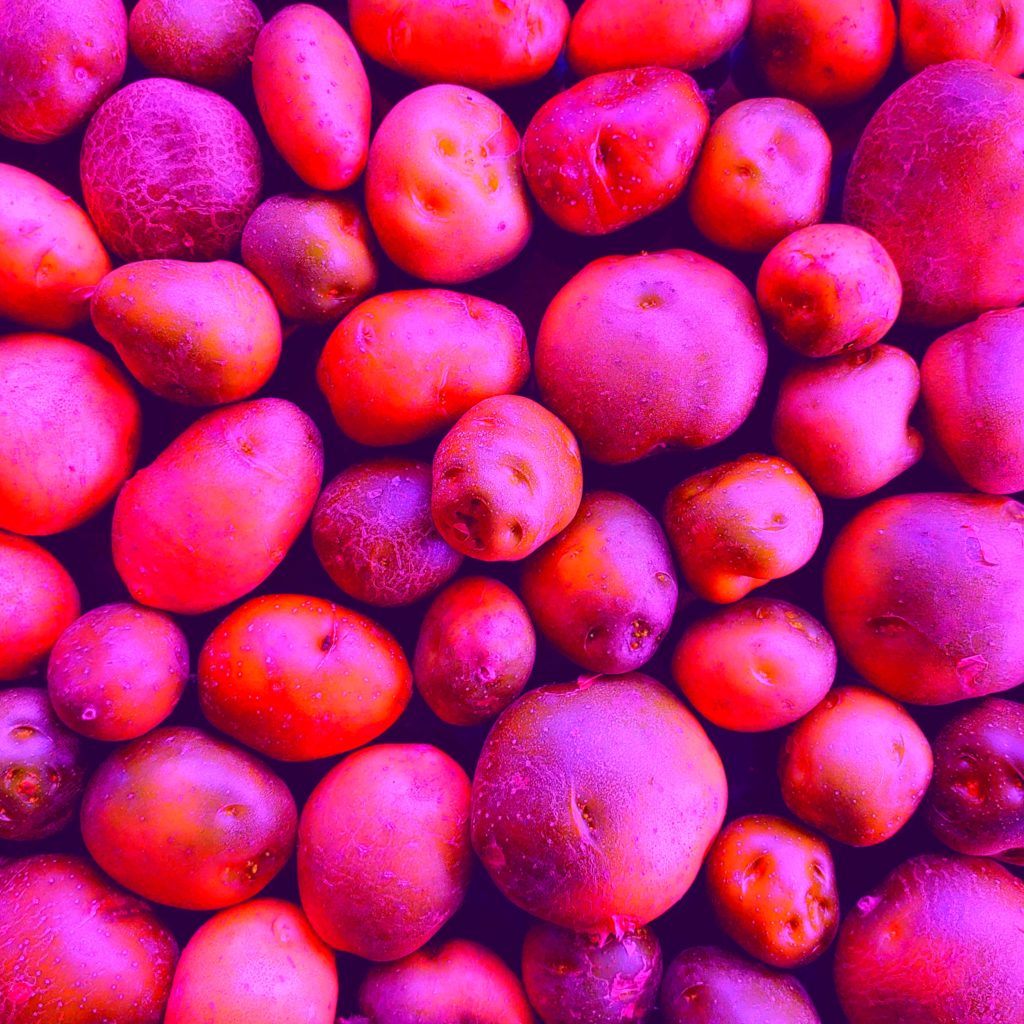potato (Solanum tuberosum)
Why You Should Not Bring Home Potatoes from Abroad
Often, when people first learn about Andean potatoes, they get excited and decide that they want to load their bag with cool potatoes the next time they travel to South America. I understand being excited about potatoes, but we need to temper that enthusiasm with some knowledge. I probably get about one email a month from someone who is considering smuggling in potatoes from Peru or other Andean countries or who has already done so. I see social media posts on the subject with a similar frequency. My advice is always the same:
- Don’t do it.
- If you have already done it, undo it immediately.
- Don’t discuss it in public.

I’m surprised that there hasn’t been more written about this. Many people that I have talked to are, at most, only vaguely aware that this is illegal and they typically have little understanding of the reasons why. The fact that people openly discuss doing this on social media tells me that they really don’t understand the potential consequences. The stubborn ones ask if there is a way to do it more safely, since they plan to do it anyway. There is not. If you have to ask the question, you don’t know enough to manage the risk. And if you think you know enough to manage the risk, you are almost certainly wrong. There aren’t even tests available for many of the less common potato diseases.
There are laws against this sort of thing, whether you smuggle potatoes in your backpack or send them through the mail. The people who enforce these laws are serious and they can hand out serious penalties. Their main concern is usually to stop the spread of quarantine pests and diseases, but if they think that your behavior was egregious or they feel the need to make an example, they can hand out civil or even criminal penalties. Many people think that the risk is over when their potatoes make it through customs, but that is when the real risk begins. If it is determined that you introduced something dangerous, the plant health authorities could strip your topsoil or spray the whole area with persistent herbicide. You could lose a farm that way. And, if they don’t catch it soon enough, your neighbors could too.
By the way, you also need to be careful when buying things on auction sites like eBay or even sites with international sellers like Amazon. The origin of what you are buying is not always clear. You need to pay close attention with plants. Potato tubers from other countries are always a problem and the fact that you didn’t understand where they came from will not protect you. While the focus of this article is potatoes, these general points apply to all vegetative plant parts (roots, tubers, corms, bulbs, cuttings, etc.) and some seeds as well.
There is probably no worse plant that you could choose to import illicitly than the potato. There are a lot of pests and diseases that plague potatoes, particularly in South America. Clonally propagated plants like potato are much more vulnerable to disease than seed grown plants. Every country has its own subset of these pests and diseases, but it is always a much smaller group than exists in the Andes. Although they were once pretty similar, the potato pests and diseases present in North America and Europe have diverged, so even potatoes from Europe can be a problem in the USA, and vice-versa. Whenever you import potatoes from another country, there is a very real possibility that you will introduce a new problem to agriculture in your country. Some of these things are incredibly nasty. The risk is real and the odds are not in your favor.

Take the potato cyst nematode, for example. This potato pest is common in the Andes and also present in Europe. It can be transmitted in soil on seed tubers. The egg cysts can remain viable in the soil for decades, waiting to be revived by the unique root exudates of a potato plant. In Europe, potato cyst nematodes are responsible for a 9% loss in yield. In 2006, PCN turned up in Idaho and was ultimately determined to be present in about 1000 acres of potato field. The area was put under quarantine. It was no longer allowed to grow potatoes or other Solanaceous crops in the quarantine zone. The fields are treated with strong pesticides. Despite that, the area under quarantine has increased to more than 3000 acres as of 2018. This all came from a single introduction, probably on equipment rather than on a potato, but a potato could certainly serve as a vehicle to introduce nematodes. That single introduction has now decreased the value of farmland owned by many different people. It wasn’t their fault, but they have to suffer the consequences.
An even more likely scenario is the introduction of a virus from an Andean potato. Very few of the viruses that infect potatoes in North America originated here. Most came in potatoes from South America. Generally speaking, potatoes don’t recover from viruses – they continue to infect the tubers, generation after generation. There are easily double the number of potato viruses in South America as there are in North America and probably more. Some of these viruses could be very damaging to the potato crop if they were to spread. Many of them present a threat to other crops as well. Many viruses that can infect potatoes can infect other important Solanaceous crops like tomato, pepper, and eggplant. Some can infect a much wider range of species. There are a number of South American viruses that transmit through pollen and true seed, which would present a unique risk to potato breeding. Some viruses can transmit over long distances through aphids or other insects. Others can persist on surfaces and plant debris for years, causing a long term contamination risk. Still others can persist in soil organisms and continue to infect fields even long after potatoes have been grown there. For example, one of the recommended responses to infection with Potato Mop Top Virus, which persists in the powdery scab cercozoan, a soil organism, is the permanent abandonment of affected fields.
Bacterial and fungal diseases also transmit in tubers. The potato ring rot bacterium, Clavibacter michiganensis, is a serious quarantine pest, as is bacterial wilt, Ralstonia solanacearum. The latter is also considered a bioterrorism risk, which potentially exposes you to a deeper circle of hell. Importing new strains of something as common as late blight can be disastrous. The introduction of new late blight strains has resulted in populations that can reproduce sexually, allowing them to adapt quickly to both fungicides and the natural resistance found in potatoes.
There is a legal route to importing tubers to the USA from South America, but, in practice, it is not really an option. The legalities are complicated on both ends and the quarantine capacity in the USA is relatively small. The good news is that the USA already has a potato genebank that holds native potatoes from all over South America in addition to modern varieties from Europe and many other countries. You really don’t need to import new varieties. Odds are very good that the kinds of phenotypes that you are interested in are already available in the USA, pest and disease free.
So, please, don’t smuggle potatoes. It isn’t worth the risk to you or your neighbors… or to the person who might receive a gift of one of those Trojan tubers five, ten, or twenty years down the line.

